
This story originally appeared on Stacker and was produced and distributed in partnership with Stacker Studio.
Evolution of play: How toys have changed over time
Kids love toys and always have. The earliest toys date back to 4000 B.C. and were made of natural materials like sticks, rocks, and stone. Some children even played with animal bones. Throughout the centuries and decades, children’s toys have evolved. Natural materials gave way to plastic. The invention of talking toys, video game consoles, and tablets brought technology to the forefront of the toy industry and forever changed the way children play.
By examining the history of childhood play and development, Lovevery compiled a list of 15 toys, games, and devices to show how children’s play has evolved.
The toys on this list include an iconic puzzle that every ’80s kid tried to solve, an accidental invention from a cleaning compound, and a toy that started out as art therapy and allowed kids to express themselves and get messy. They represent more than 200 years of play and joy. Each toy helps children build or reinforce a necessary childhood skill such as imagination, creativity, fine motor skills, and self-control. Many of these toys still exist today, though in an advanced, updated form.
Join Lovevery as it brings you the evolution of play with a thought-provoking review of toys throughout history.
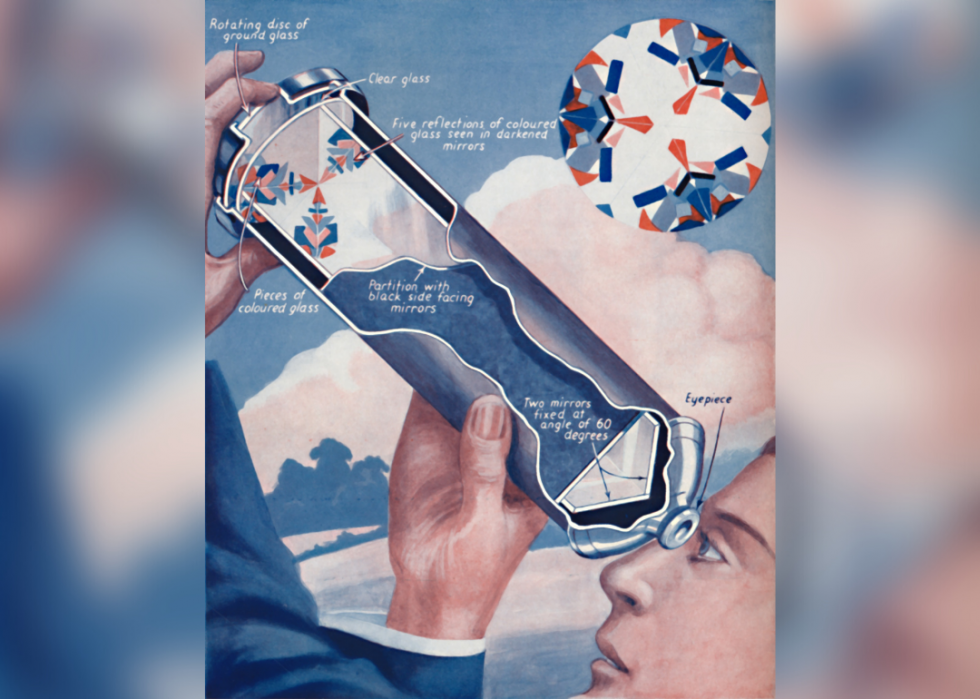
1817: The kaleidoscope
Invented by Scottish scientist David Brewster, the first kaleidoscopes were made of metal and brass and were all the rage in London, not only with children, but with adults as well. The picture tubes fueled creativity and allowed people to see wondrous works of art by peering into the tube. Besides being mesmerizing, kaleidoscopes can be used to teach children about scientific principles such as the reflection of light.

1899: Martha Chase dolls
Being the wife of a physician and a seamstress helped Martha Jenks Chase in the pursuit of her doll-making venture. Put off by the hard and heavy European dolls, Chase’s dolls were soft and inspired children to truly treat their dolls like babies. She also disliked mechanical American dolls because she felt like the technology hampered children’s imaginations when it came to playing. A 2020 study conducted by Cardiff University neuroscientists and Barbie found evidence to support the fact that playing with dolls stimulates parts of the brain that have to do with feelings of empathy and social information processing.
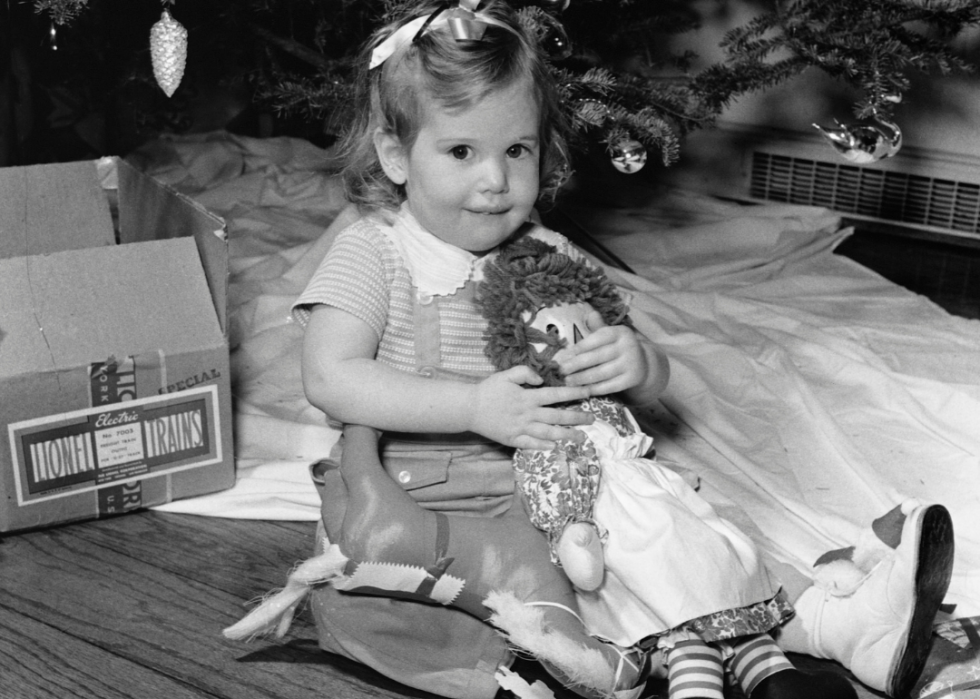
1915: Raggedy Ann dolls
An artist and illustrator, Johnny Gruelle received a patent for the Raggedy Ann doll in 1915. Gruelle’s daughter Marcella, who may have played a role in the inspiration of the doll, died at 13. While Raggedy Ann was created as a doll, she was first brought to the public’s attention in 1918 in a series of stories written by Gruelle that taught children lessons about kindness.
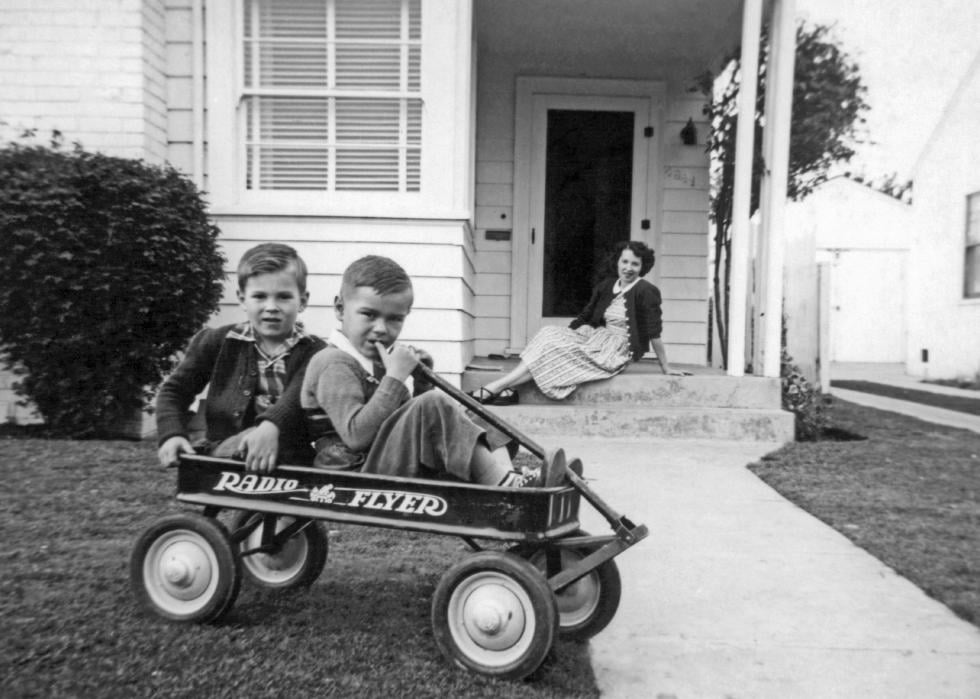
1923: Radio Flyer wagon
This popular and beloved wagon conjures up images of parents carting their children around their neighborhoods. Many young children used the mobile wagon to help them with their paper routes, creating industrious entrepreneurs. The steel wagons were created by Italian immigrant Antonio Pasin.
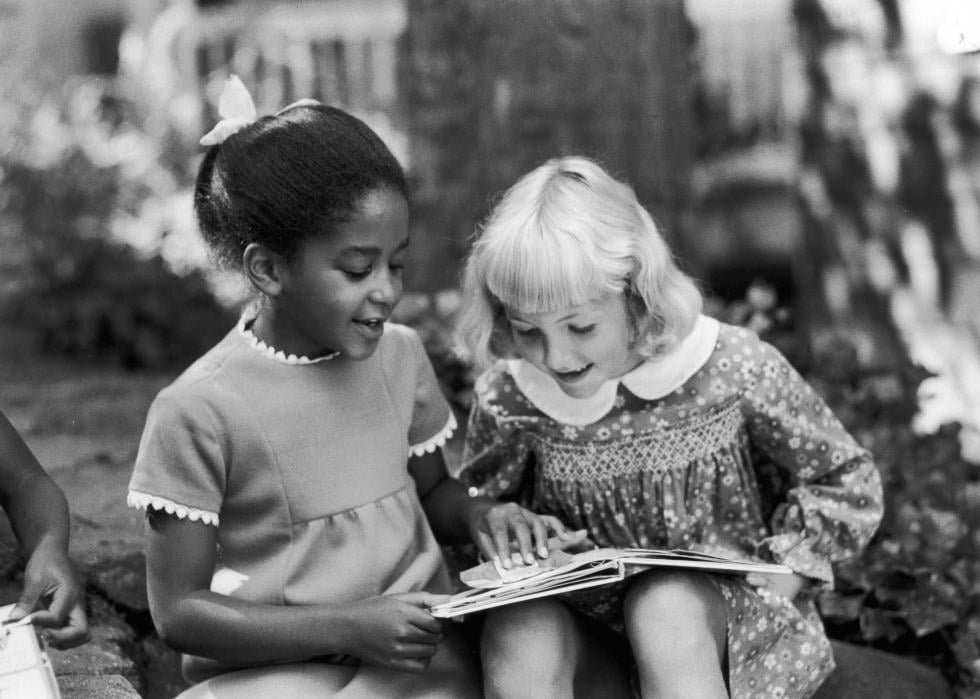
1929: Pop-up books
While pop-up books have been around since the 14th century, S. Louis Giraud and Theodore Brown published the first in a series of pop-ups, the “Daily Express Children’s Annual No. 1” in 1929. The books breathed new life into reading by bringing three-dimensionality to young readers everywhere.
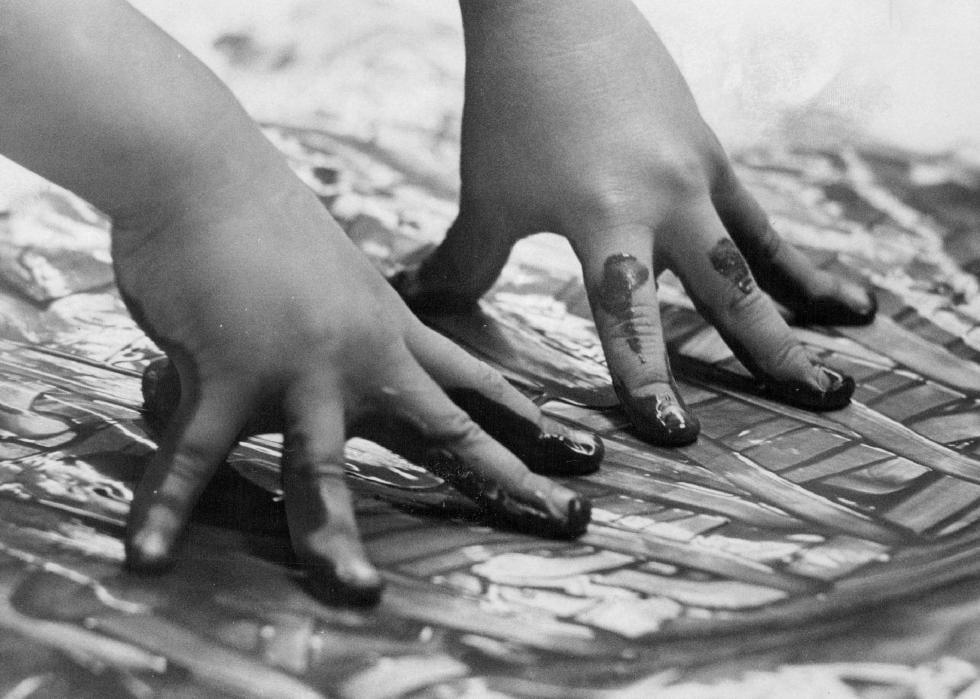
1936: Finger paint
Ruth Faison Shaw, an American teacher, developed finger painting as an art education form of child therapy. Her book “Finger Painting, a Perfect Medium for Self-Expression” focused on letting kids be kids even if it was messy. The theory caught on, and finger painting became and remained wildly popular, allowing kids everywhere to express themselves in a creative and fun way.
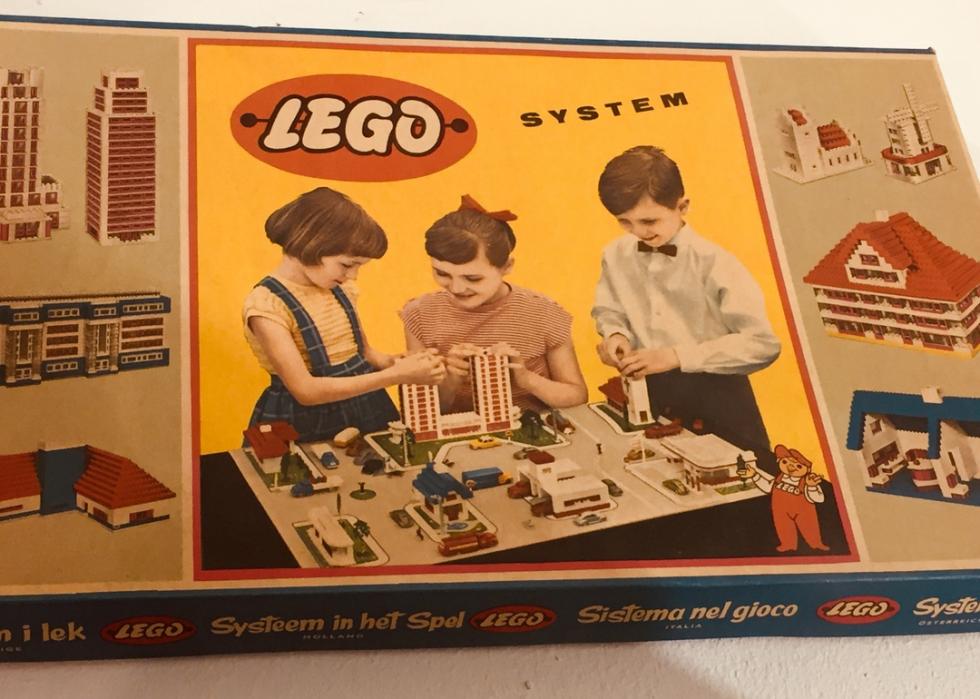
1949: Legos
First created as a set of red and white blocks that interlocked, Legos were the idea of Ole Kirk Christiansen, a Danish carpenter. Lego, which means “play well,” is taken from the Danish phrase “leg godt.” The plastic toys were not actually patented until 1958. Playing with Legos, or other types of blocks, can help children develop fine motor and spacial skills, and experts also believe block play may serve as a foundation for STEM learning.
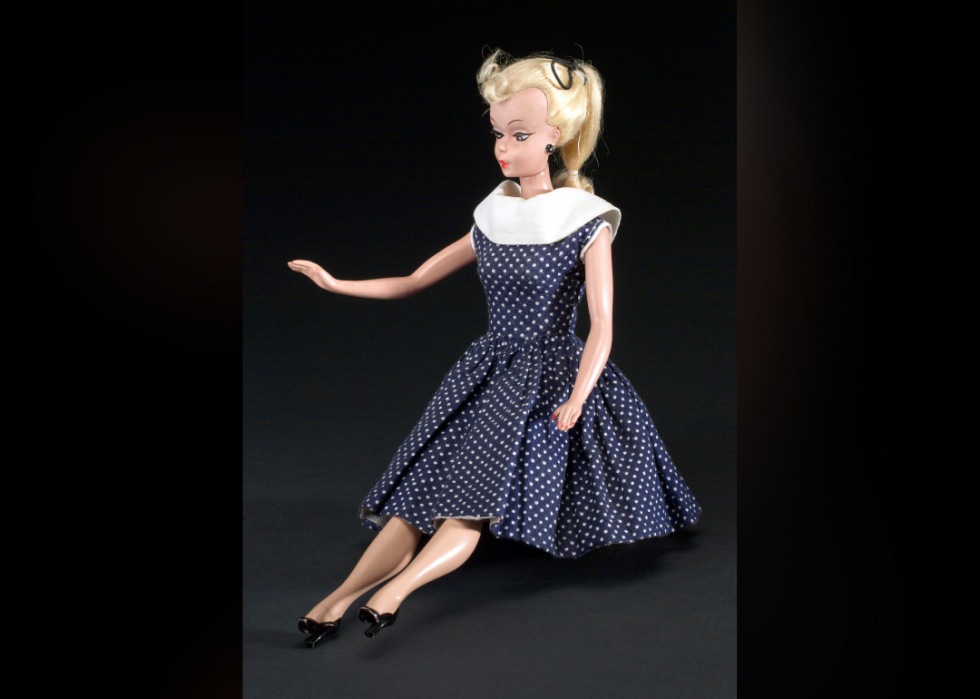
1955: Fashion dolls
Modern fashion dolls got their start with the German fashion doll Bild Lilli, which was marketed toward adults. Toy company Mattel acquired rights for the doll, renamed her “Barbie” and began selling her in 1959. Controversy has followed Barbie throughout the years, but overall, the doll encourages imaginative play and is even considered to be a role model by many. In the past several years, the doll’s body dimensions and appearance have shifted to become more inclusive, and Barbies with more diverse backgrounds, interests, and accomplishments have been introduced.

1955: Play-doh
This modeling compound accidentally became a bestselling children’s toy that is still wildly popular. Not only does this soft, malleable clay foster creativity and imagination, but it also helps with fine motor skills and muscle development in the fingers and hands.
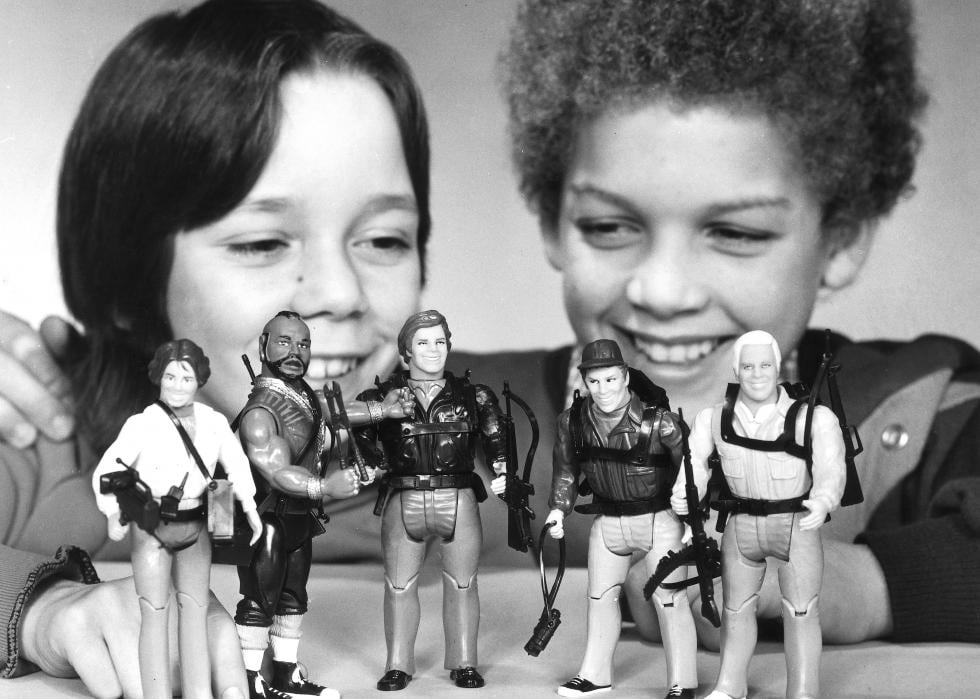
1964: Action figures
The G.I. Joe doll was considered the first action figure and marketed by Hasbro to young boys as their version of Barbie. The “real American hero” also inspired a television show, and boys could be found playing right along with their sisters. More action figures would pop up throughout the years and would often be tied to pop culture. G.I. Joe played a major role in eliminating, or at least lessening the stigma people have regarding boys playing with dolls.
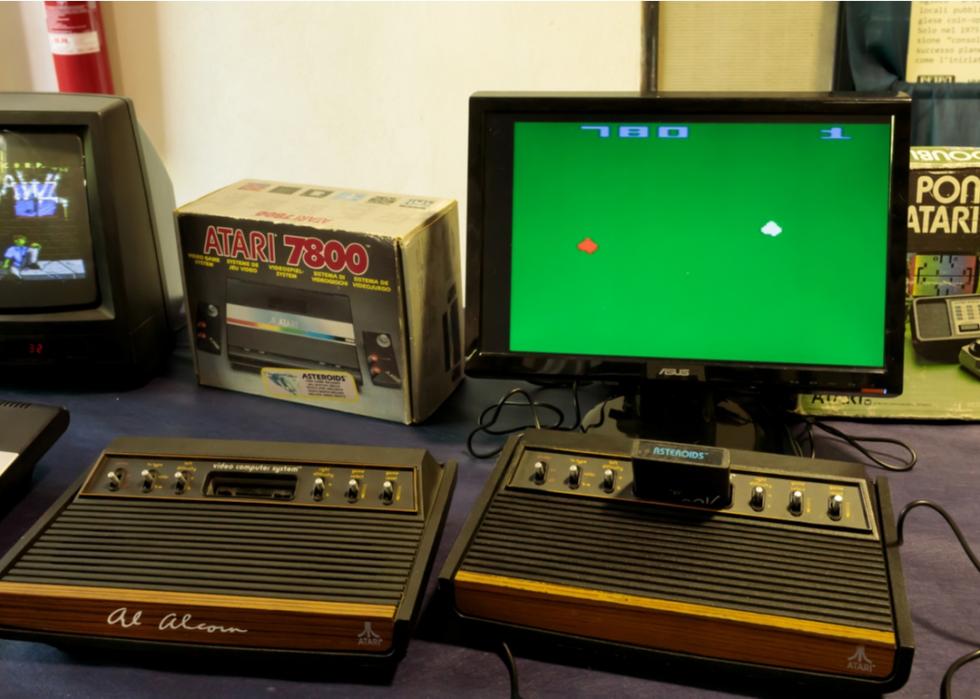
1972: Video game console
Atari, a video game console created by Ted Dabney and Nolan Bushnell, and the Magnavox Odyssey, were both introduced in 1972. While video game systems remain popular, they often get a bad rap. Studies have shown, however, that video games actually improve hand-eye coordination and reaction time.

1974: Rubik’s Cube
Though invented by Ernö Rubik in the ’70s, this three-dimensional, color-coded puzzle became iconic in the 1980s. Worldwide cubing competitions still exist, and the puzzle isn’t just for entertainment. It helps develop spatial awareness, as well as with principles of math and science, and is generally a useful tool in STEM education.
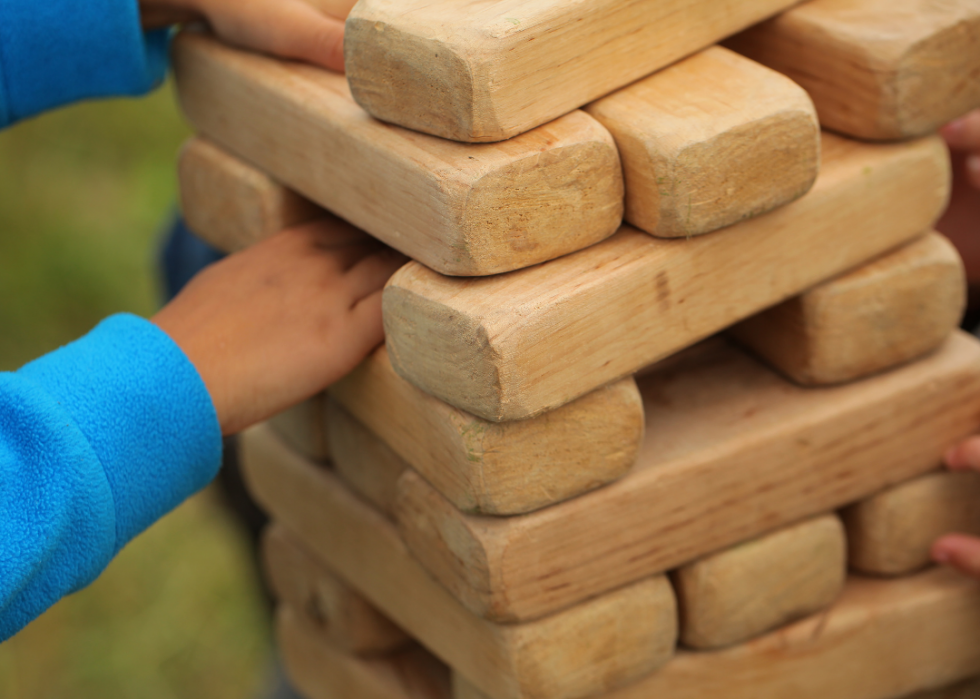
1983: Tumbling tower
With the invention of Jenga, a game where players stack and pull blocks from a tower, kids and parents got to play a fun, though often stressful, game. Other building towers have popped up and even made their way into education. They are particularly useful as a sensory tool to improve fine-motor skills and manual dexterity, and can help teach kids about self-control and patience.
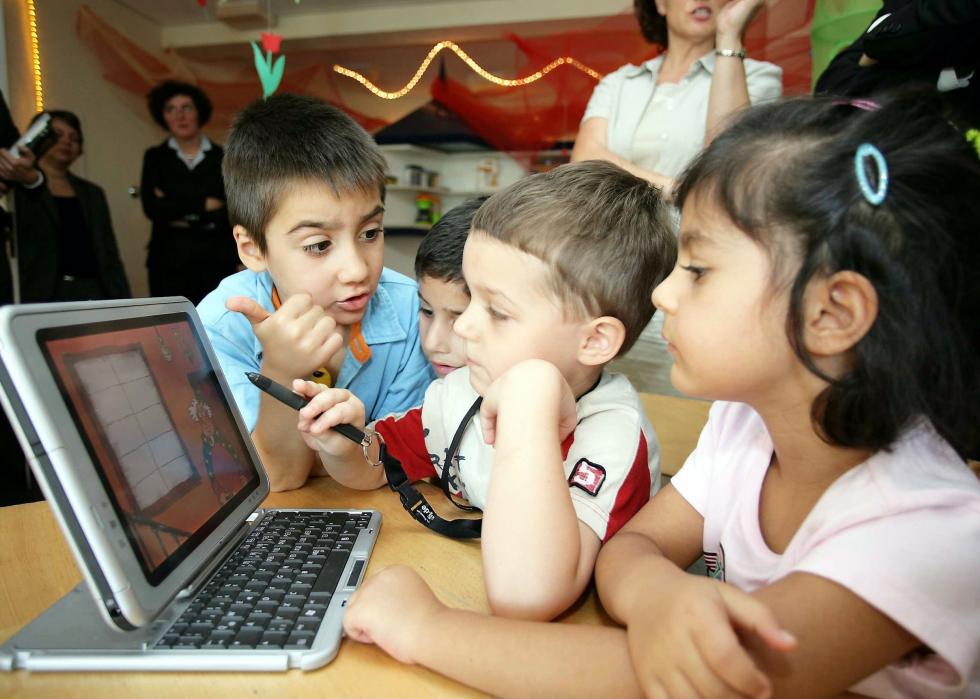
2000s: Electronic tablets
The first electronic tablet was actually invented in the 1960s, sort of. Alan Kay and his colleagues at the Xerox Palo Alto Research Centre came up with the idea for the Dynabook in 1968, and it was intended to function as a typewriter, an art tool, and a musical instrument. The Dynabook was never developed, though in the decades since many companies have created advanced versions of the electronic kid’s tablet including Amazon, Apple, and LeapFrog.

Mid-2000s and on: STEM coding toys
With the rise of electronics, especially as educational tools, emphasis has been placed on digital literacy. Children can now learn not only how to use electronic devices, but how to program them as well. These toys can be both basic and advanced, and they help kids focus on developing their science, technology, engineering and math skills.
However, while tablets and other electronic devices offer tools that could be beneficial from a learning standpoint, experts advocate limiting screen time for babies and for young children. The World Health Organization recommends that babies under 18 months are not exposed to screens at all and suggests children under 5 should not have more than an hour a day of screen time, but that less is even better. A 2019 study published in JAMA Pediatrics found that the brains of children who spent more time in front of screens had decreased levels of the white matter that aids in the development of cognitive, language, and literacy skills.
Montessori principles veer away from introducing screens to babies and elementary school-aged children altogether. In today's world, limiting technology altogether can be a challenge for parents, so setting specific restrictions around screen-based activities is recommended.
This story was produced and distributed in partnership with Stacker Studio.



